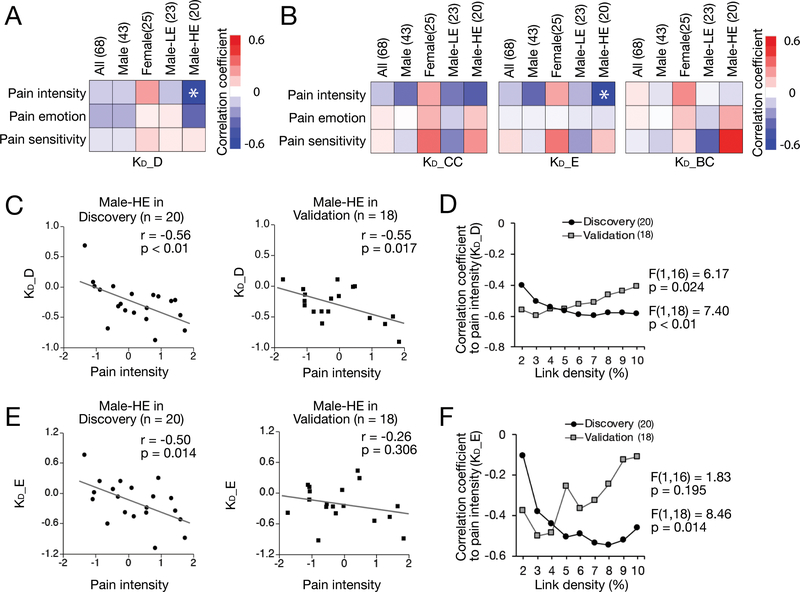Figure 7. The extent of disruption of degree (KD_D) in LDH-CP patients is associated with pain intensity in males with higher education.
A) In the Discovery, Pearson correlation analyses were performed between 3 pain-related components (pain intensity, pain emotion, and pain sensitivity) and KD across all link densities for All group (n = 68), Male subgroup (n = 43), Female subgroup (n = 25), Male with Lower Education level subgroup (Male-LE, n = 23), and Male with Higher Education level subgroup (Male-HE, n = 20). KD_D in Male-HE subgroup showed a statistically significantly relationship to the component of pain intensity at 5% link density (p < 0.017 = 0.05/3; Bonferroni’s correction). No statistically significantly association was found in the All group and the other three subgroups. B) KD_E in Male-HE subgroup showed a statistically significantly relationship to the pain intensity component at 5% link density (p = 0.014). C) Significant association between KD_D and the pain intensity component in males with high education level was found and validated in the Discovery (p < 0.01, r = −0.55) and the Validation (p = 0.017, r = −0.55) at 5% link density. The decreased KD_D was associated with increased pain intensity. D) The significant association between degree disruption KD_D and the component of pain intensity in Male-HE were observed across all link densities in both the Discovery (F(1,18) = 7.40, p < 0.01) and the Validation (F(1,16) = 6.17, p = 0.024). E) KD_E was significantly associated with the pain intensity component in males with higher education level (p = 0.014, r = −0.50) in the Discovery but was not replicated in the Validation (p = 0.306, r = −0.26) at 5% link density. F) Correlation coefficients of KD_E to pain intensity across all link densities in male-HE. The significant association in Discovery (F(1,18) = 8.46, p = 0.014) was not replicated in Validation (F(1,16) = 1.83, p = 0.195; repeated measure ANOVA).

